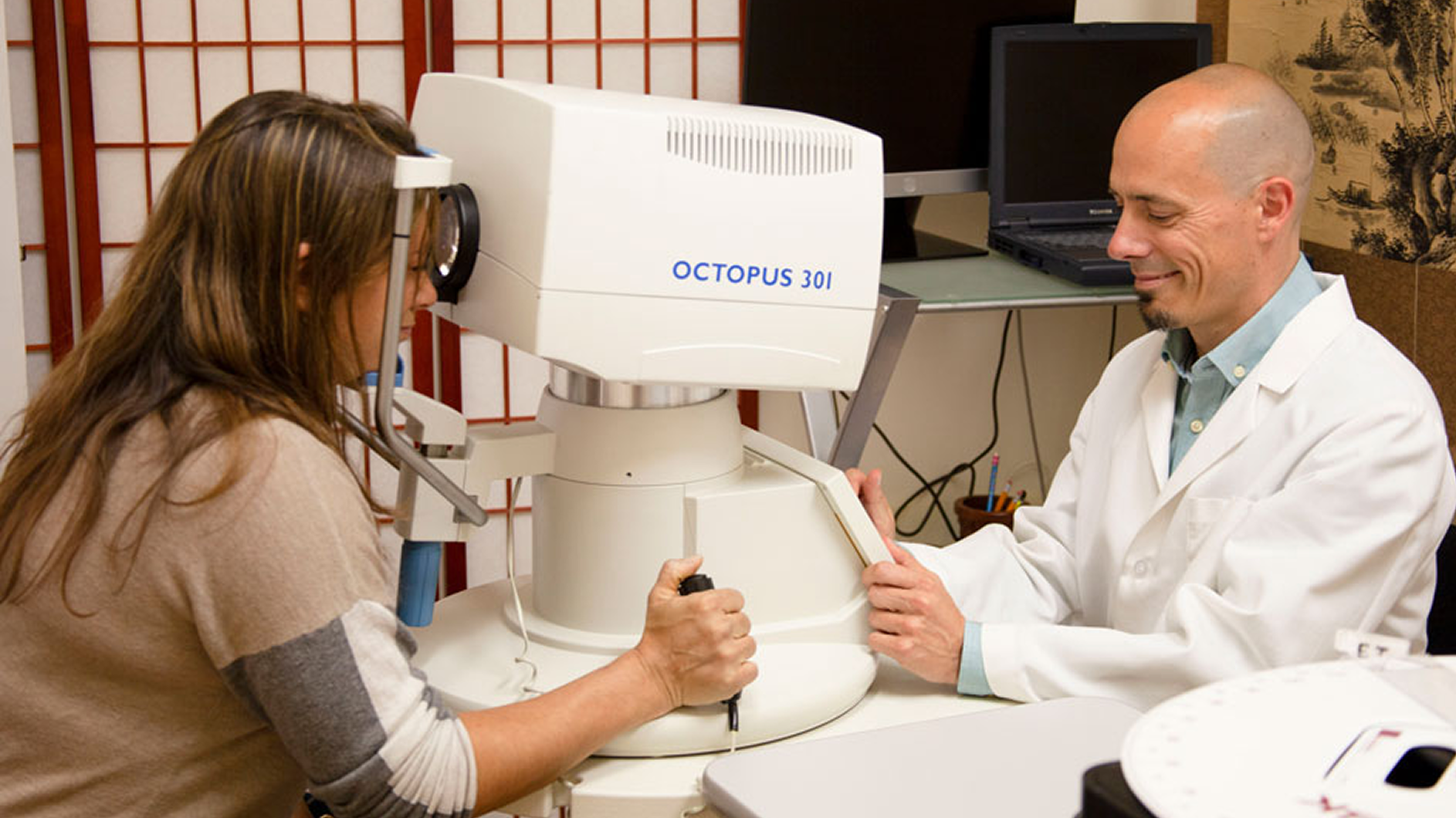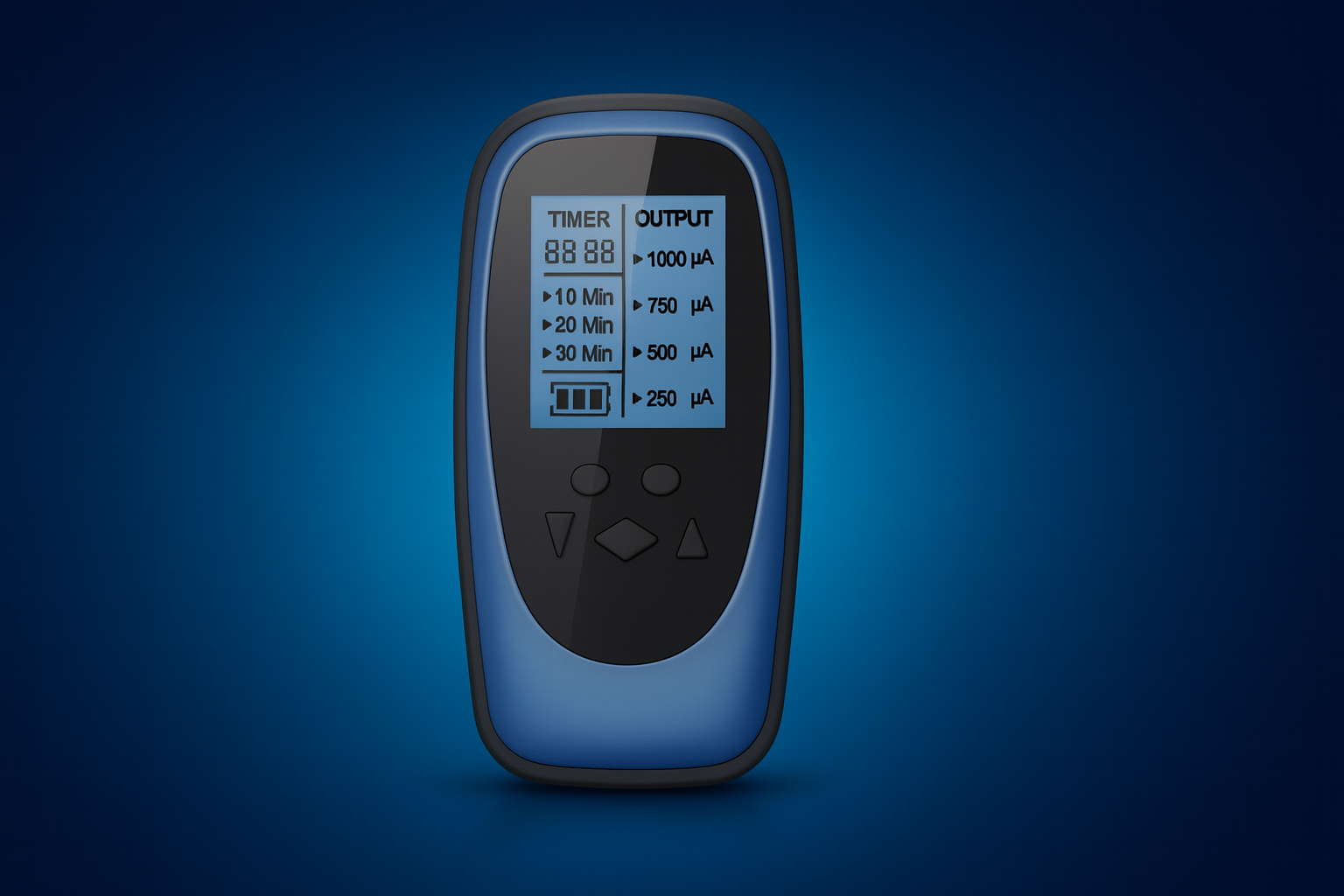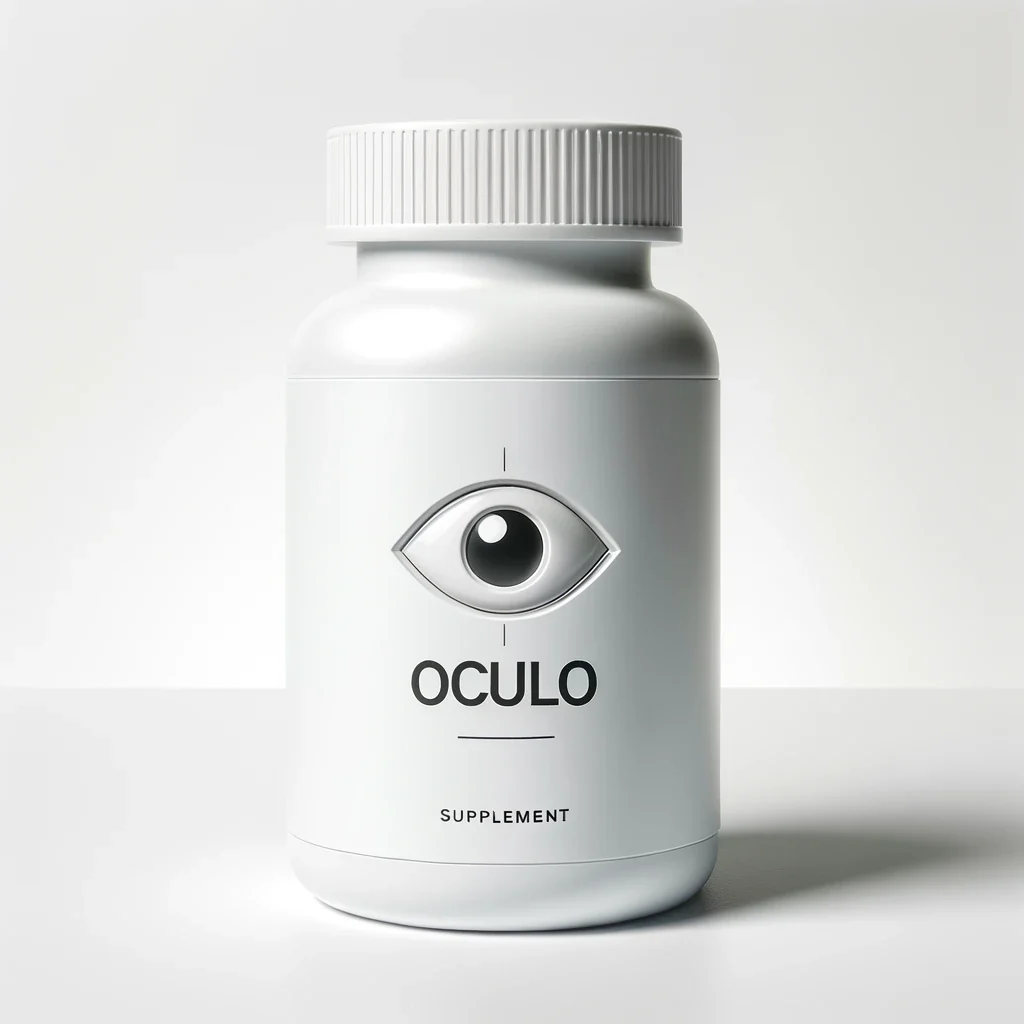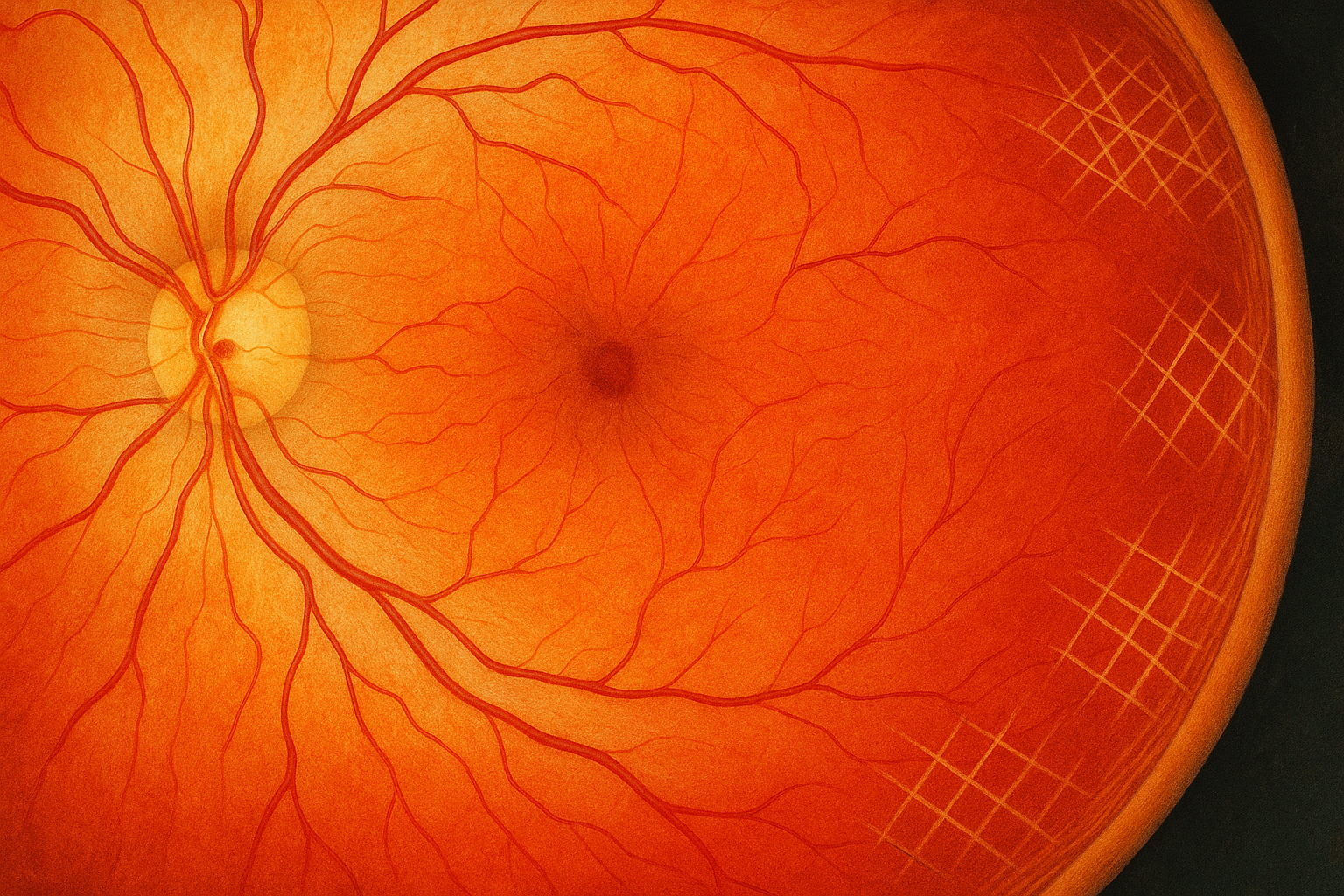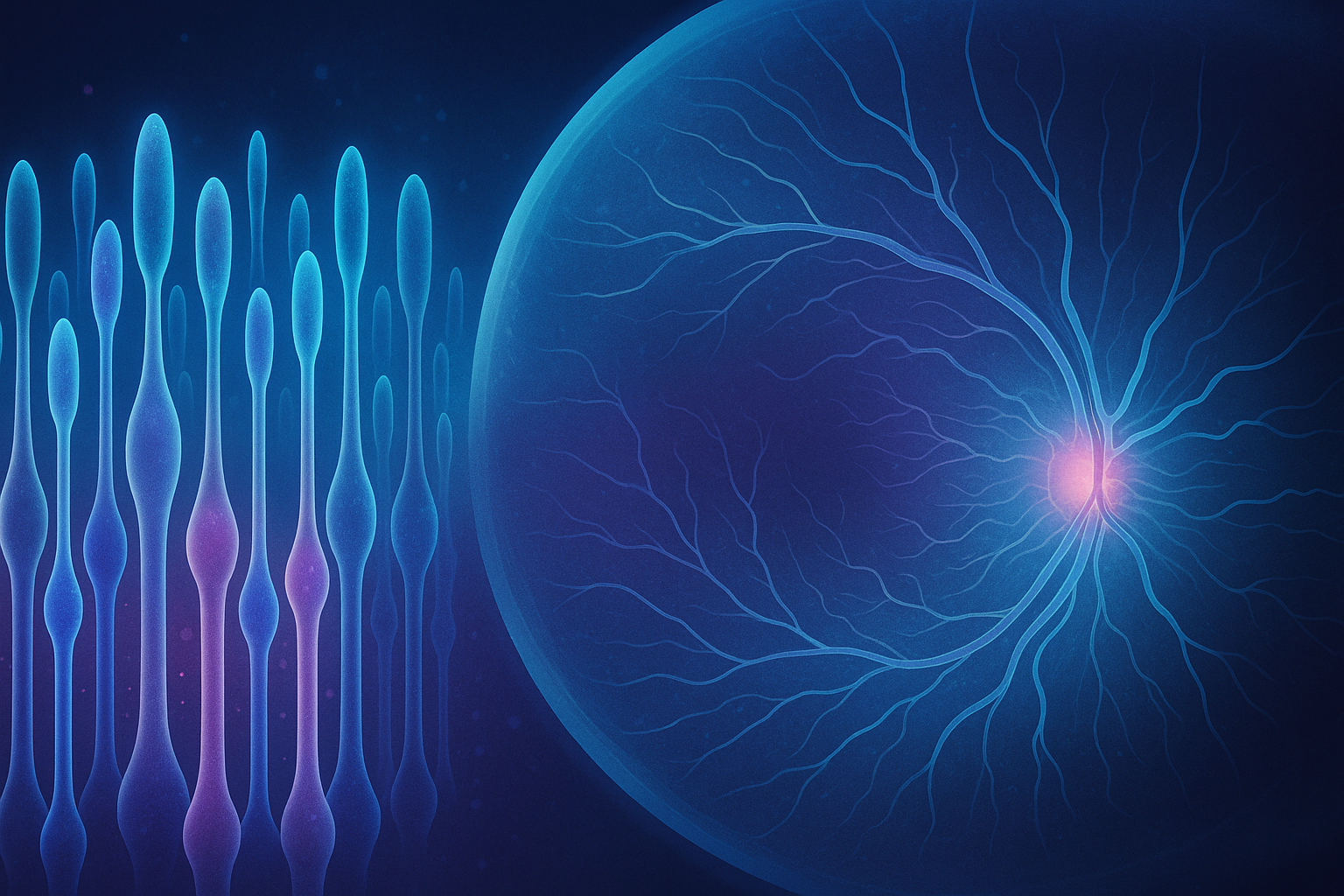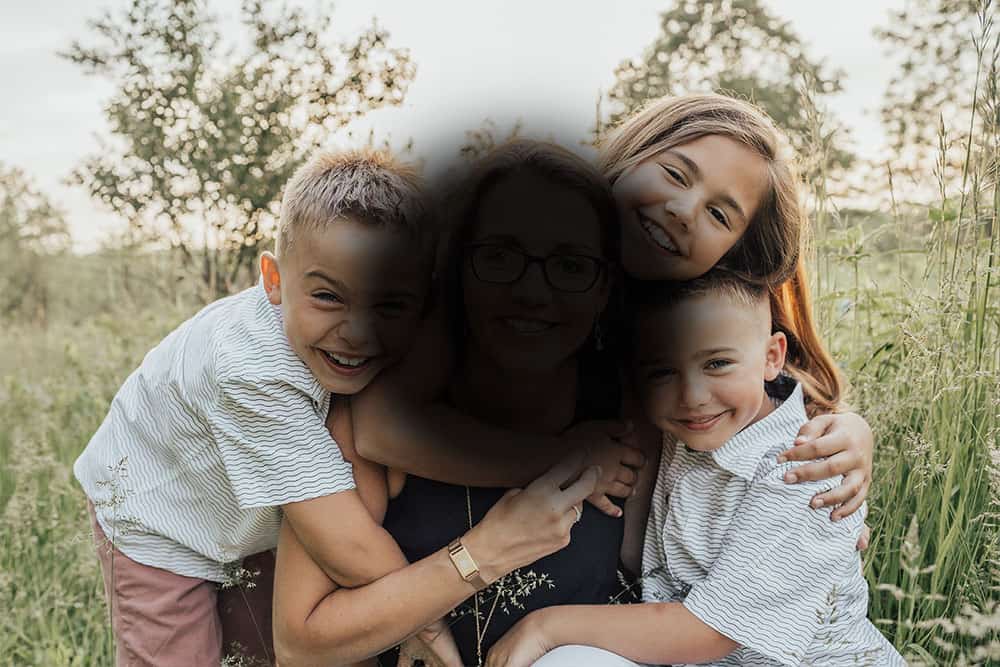Eye Condition
Usher Syndrome
Usher syndrome combines inherited hearing loss with progressive night and peripheral vision decline from retinitis pigmentosa, often accompanied by balance problems.
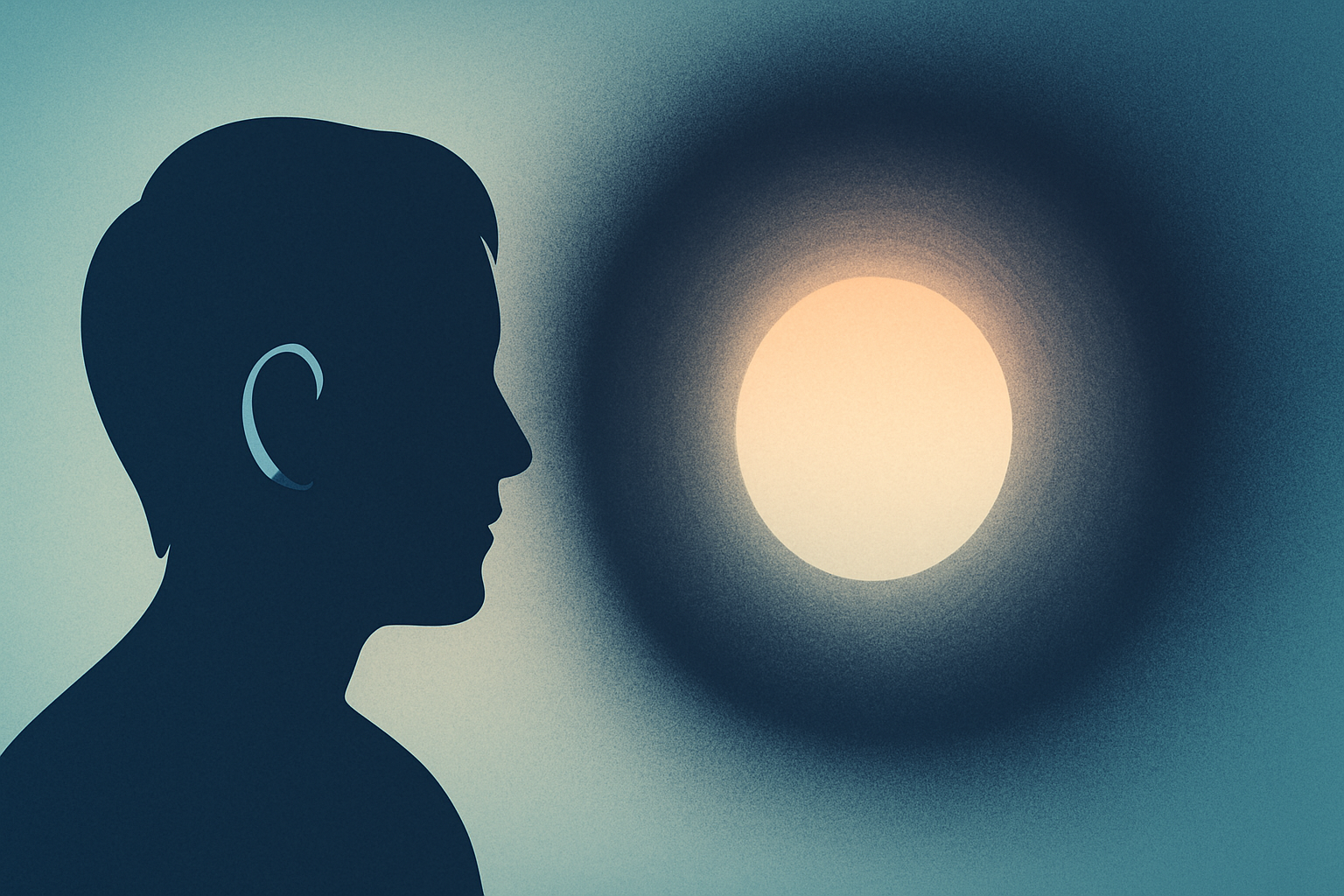
Explore our treatment options for Usher Syndrome
What is Usher Syndrome?
Usher syndrome is a group of inherited conditions that cause hearing impairment together with a retinal disease called retinitis pigmentosa. Over time, night and side vision fade, leading to “tunnel” vision, while hearing may be absent from birth or decline later in life. Balance problems can accompany certain types because the same gene errors affect the inner-ear organs that guide equilibrium.
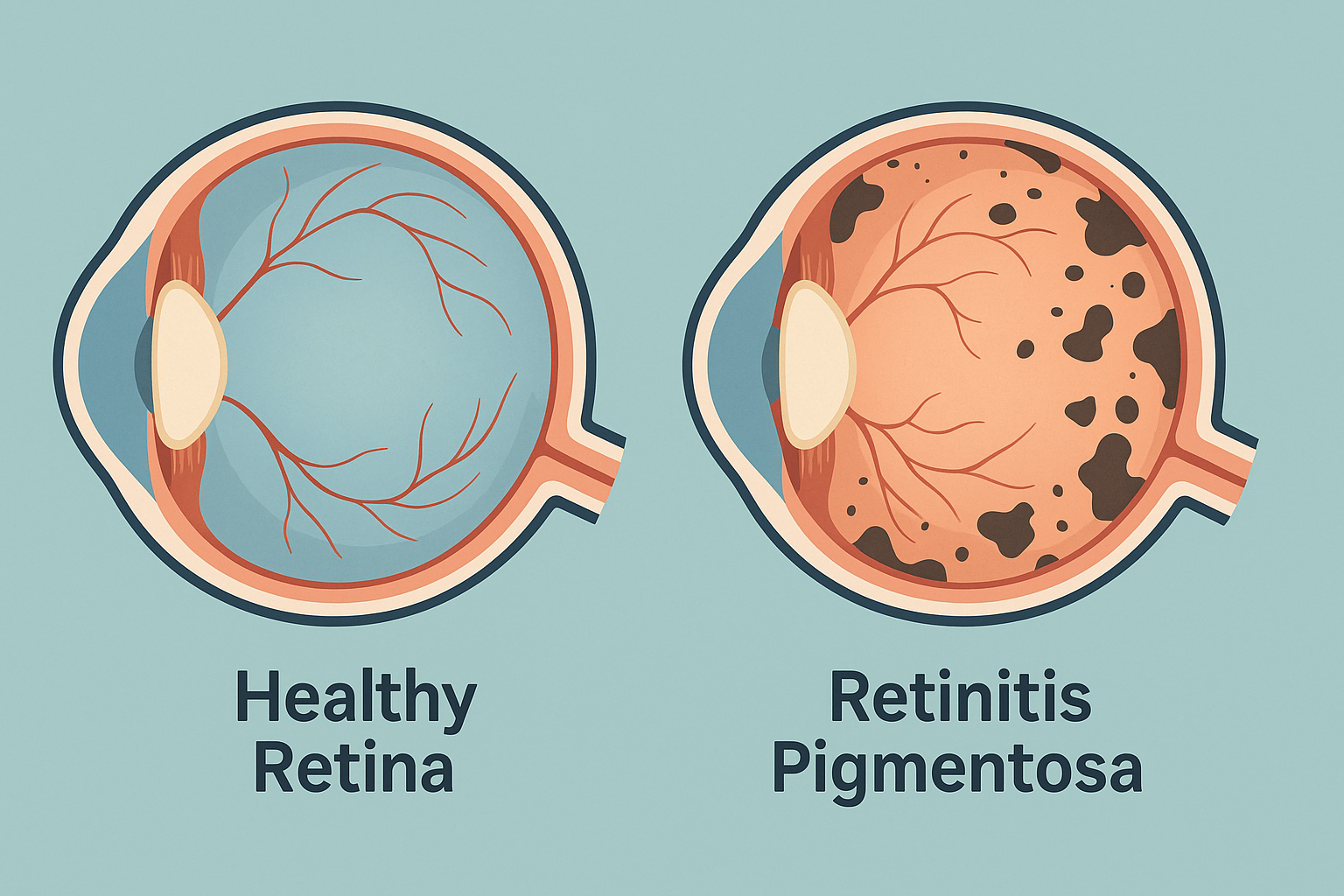
Key symptoms and early warning signs
- Congenital or progressive hearing loss
- Difficulty seeing in dim light or at dusk
- Gradually shrinking side vision (peripheral field)
- Trouble with balance, especially in the dark
- Sudden flashes, new floaters, or abrupt drop in vision — these need same-day care
How Usher Syndrome is diagnosed
Because Usher affects multiple senses, evaluation is multidisciplinary:
- Comprehensive eye exam with dilated fundus photography; the retina may show pale optic nerves, skinny blood vessels, and bone-spicule pigment clumps.
- Visual field testing and dark-adaptation studies to track peripheral loss.
- Electroretinography (ERG) to measure retinal cell function.
- Audiology tests (newborn screening, brain-stem response, pure-tone audiometry).
- Vestibular function tests for balance.
- Genetic panel to pinpoint the causal gene, guide prognosis, and offer family counseling.
Why it happens: causes and risk factors
Usher syndrome follows an autosomal-recessive inheritance pattern: a child must receive a faulty copy of the gene from each parent. Researchers have linked at least eleven different genes to three clinical types:
| Type | Hearing & Balance at Birth | Vision Onset | Notes |
|---|---|---|---|
| Type 1 | Profound deafness; severe balance issues | Childhood | More common in some Ashkenazi Jewish families |
| Type 2 | Moderate-to-severe hearing loss; normal balance | Early teens | Thought to be most prevalent overall |
| Type 3 | Normal or mild hearing loss; normal balance | Teens to adulthood | Rare globally, higher frequency in Finland |
Carrier status is usually silent, so focused family history plus genetic counseling is essential when relatives present with combined hearing–vision loss.
Conventional treatment options
Usher syndrome has no cure, but coordinated management can slow functional decline and support independence:
- Audiologic care: hearing aids, cochlear implants, assistive-listening devices
- Low-vision rehabilitation: orientation and mobility training, magnifiers, high-contrast lighting
- Vitamin A palmitate under medical supervision may modestly delay retinal degeneration
- Gene-specific clinical trials: emerging RNA therapy and viral-vector gene replacement
- Balance therapy for children struggling to sit or walk on schedule
Eye Health Institute’s integrative approach
Dr. Andy Rosenfarb’s team complements each patient’s medical program with individualized, evidence-guided therapies that may help protect remaining retinal cells and improve ocular circulation:
- Acupuncture & Micro Acupuncture 48 target points shown in research to enhance retinal blood flow and support neurotrophic factors.
- Electro-stimulation (ACS-3000 microcurrent) delivers gentle current through periocular pads; patients often report brighter contrast afterward.
- Targeted herbal and nutritional protocols, including antioxidants, omega-3s, and mitochondrial cofactors, are customized to age, genetics, and liver status.
- Hydrogen inhalation therapy supplies antioxidant molecular hydrogen that may reduce oxidative stress in photoreceptors.
- Lifestyle & stress-care coaching covers blue-light hygiene, movement for vestibular stability, and mindfulness practices to lower inflammation.
- Intensive treatment weeks vs. at-home plans let families choose between concentrated clinic visits and remote follow-up with telehealth check-ins.
These modalities are designed to support conventional ophthalmic and audiologic care; they do not replace medical treatment and results vary by individual genetics and stage of disease.
What patients report / clinical insights
Parents of young Type 1 patients often describe earlier-than-expected night-blindness, yet many notice that consistent integrative therapy helps children navigate dim environments with greater confidence. Adult Type 2 and Type 3 clients frequently remark that after a course of acupuncture plus microcurrent they feel “less glare-sensitive,” notice “crisper outlines,” and experience “steadier footing” in low-light hallways. While subjective, these improvements can significantly boost quality of life and motivation to stay active in low-vision training.
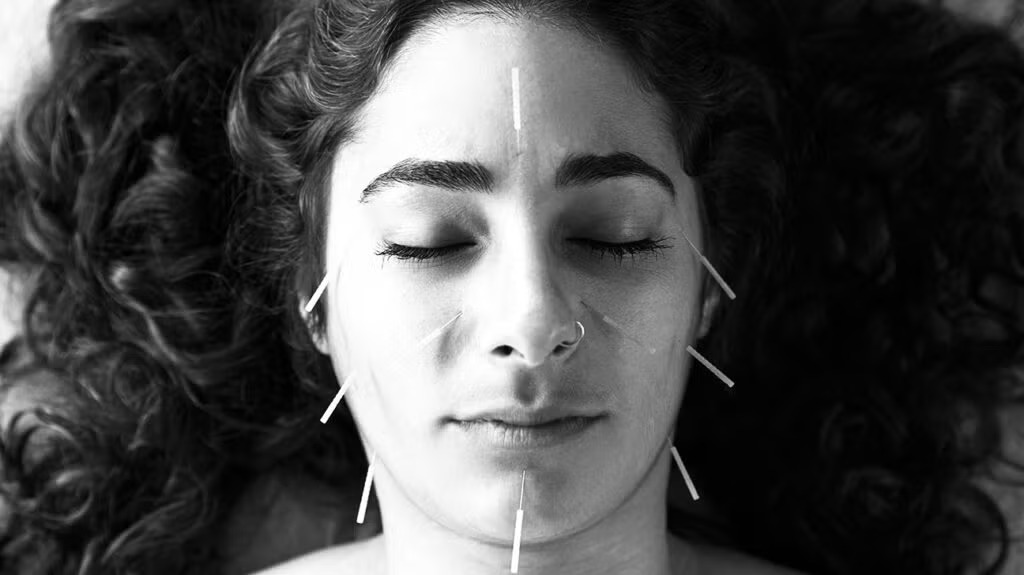
When to seek urgent care
Get urgent eye care for sudden vision loss, a curtain or shadow moving across vision, many new floaters with flashes of light, severe eye pain, or any eye trauma. These symptoms can signal retinal tear, detachment, or infection that needs prompt treatment to save sight.
For Usher patients who already have limited side vision, rapid changes can be harder to notice; scheduling routine dilated exams every 6–12 months helps catch treatable problems early.

